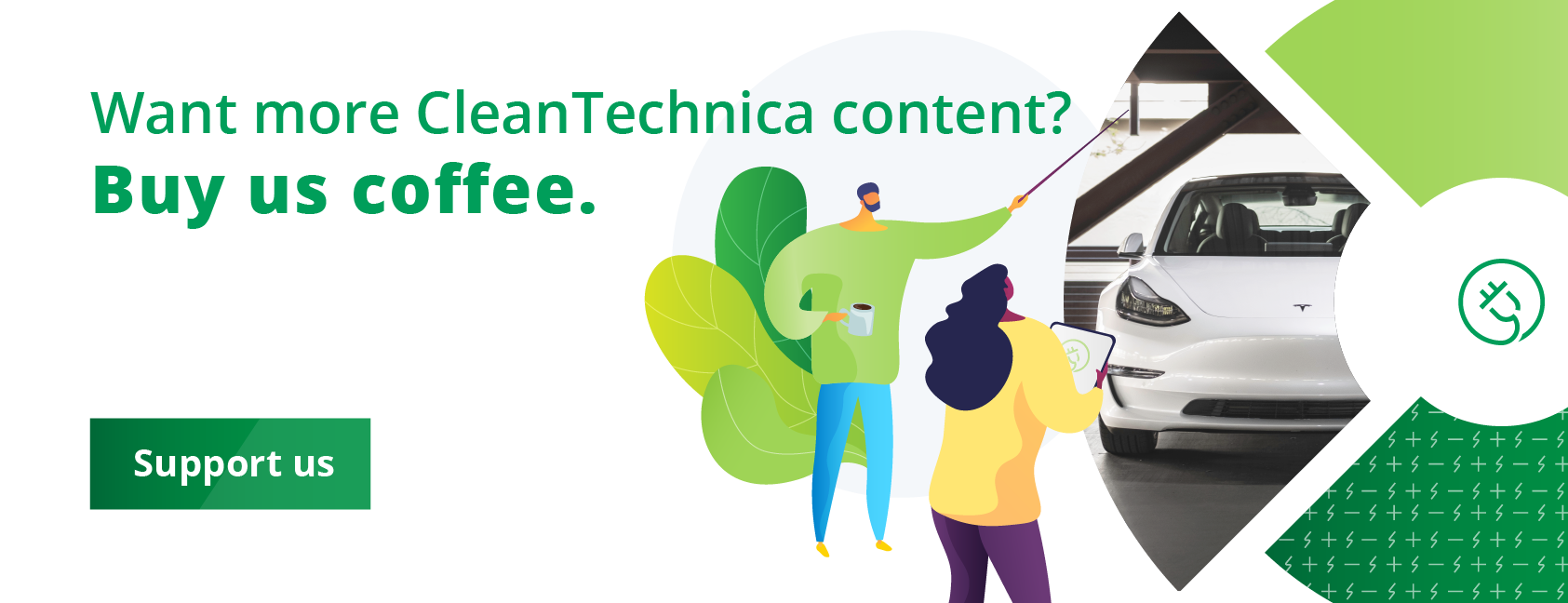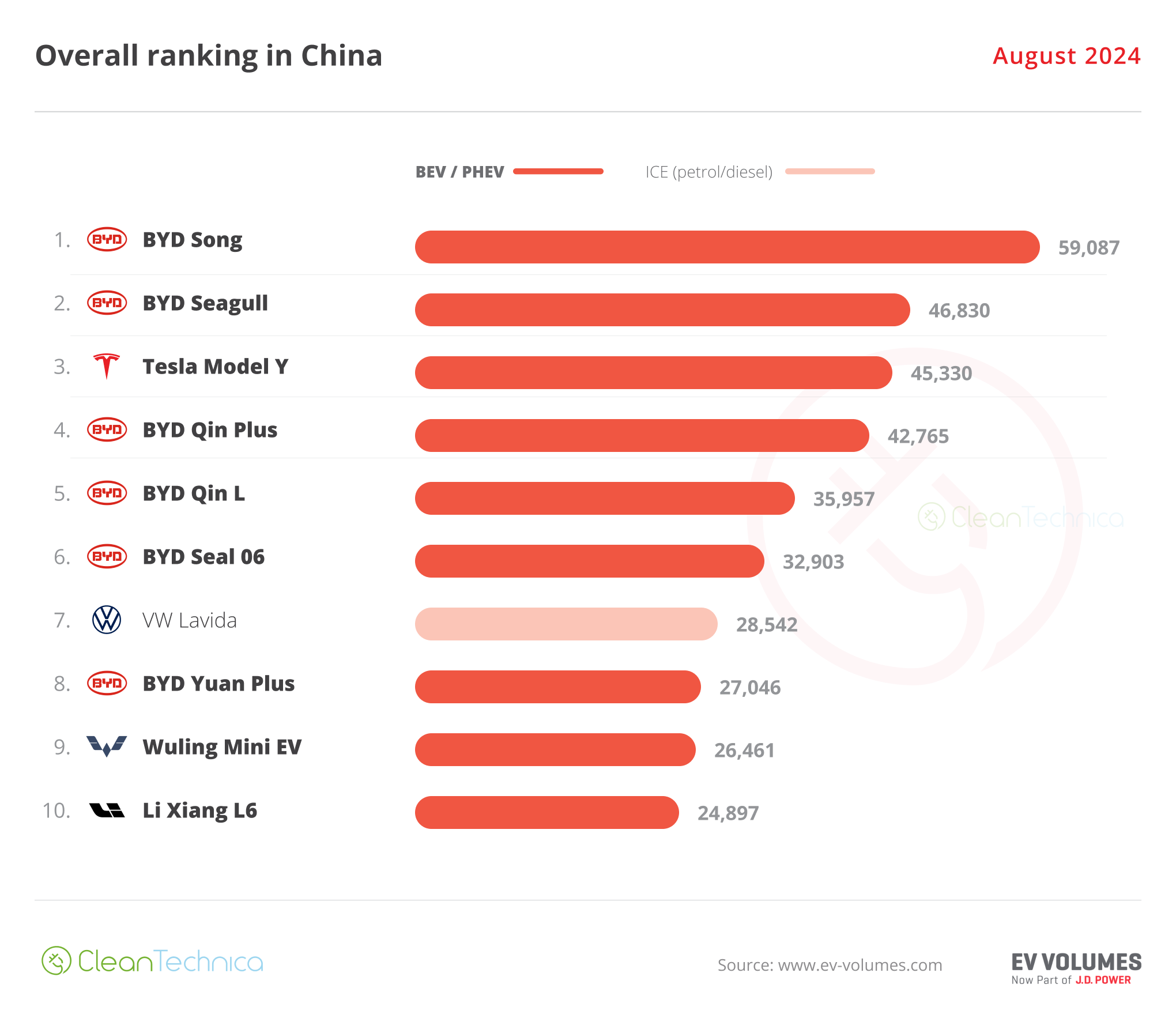
Recently, Visual Capitalist published an infographic of EV vs hybrid vs ICE vehicles that was pretty misleading. It showed EVs having full lifecycle emissions barely better than hybrids, and over 70% of those of internal combustion vehicles. They were still better by 29% or so, but the gap was narrow.
Naturally, a bunch of the usual suspects immediately started promoting this as proof that EVs weren’t all that, and that their preferred solutions were obviously much better. Hydrogen types undoubtedly like it. Personally, I spotted it on LinkedIn, where a UK internal combustion engine emissions testing CEO and honorary researcher of internal combustion emissions at one of the UK’s top universities, i.e., a person whose livelihood is entirely bound up with the continued existence of internal combustion engines, posted it with little context except for the gloss that clearly EVs weren’t all they were stacked up to be, and that other alternatives should be pursued. I won’t name and shame.
Yes, there was a lot of motivated thinking there. Of course, 29% better is about what the internal combustion vehicle industry has managed in the past 50 years, so claiming it’s not all that or that there is a lot of wiggle room in engines for lowering emissions is nonsense. The motivated thinker was grasping at straws, which is where things are at these days.
So what’s the provenance of the data underpinning Visual Capitalist’s infographic. Is it accurate? Well, no, at best it is deeply misleading and misrepresents the report it was based on. They took the worst case global scenario from the report, and used that as the basis for the infographic. It still showed battery-electric vehicles were better than the alternatives, but not by nearly as wide a margin as the actual reality, or what the report was talking about.
The report itself was by management consulting firm Kearney. It is a leading global consultancy with over 4,200 people working in more than 40 countries. It works with more than three-quarters of the Fortune Global 500, as well as with the most influential governmental and non-profit organizations. Not BCG, not Accenture, not McKinsey, but in the top 10 or 15.
The report in question is the Polestar and Rivian pathway report, and it’s worth reading. The numbers that Visual Capitalist cherry-picked from it are the worst case scenario with current global electricity CO2e emissions and unabated steel manufacturing emissions. Oh, and Visual Capitalist might have done some other fudging, as the numbers they use are pretty hard to spot in the report that it is basing its infographic on. They assume best case car mileage from Europe and kWh per 100 km for EVs that are inflated by a third or so, for example. Best case in the world on one hand, and inflated and wrong on the other.
What’s that worst case scenario? Well, all current electrical generation emissions globally and current unabated steel emissions globally. This is distinctly not the case in the rapidly decarbonizing west. Let’s take the USA for example, where the UCSUSA has been updating its reporting annually for years and finding much better full lifecycle emissions, and increasing gaps every year.
The Kearney report’s purpose is not to say that EV emissions are a problem, even in the worst case scenario. That’s not what the report is about. Its focus is on continuing to decarbonize electricity, decarbonize supply chains, and decarbonize steel and other metals. You know, what the world is already doing. It’s more of a reminder that every electric car is going to become lower carbon over time, and that every year the embodied carbon in a car will be declining as well.
It wasn’t meant to provide the usual suspects with ammunition to attack a major decarbonization wedge, but that’s how the usual suspects are using it of course. No good deed goes unpunished.
I’ve used Visual Capitalist material without thinking much about it. Sometimes it’s good, like its look at 10 years of global EV sales, or its minerals mining volumes infographic. Sometimes it uses credible sources and provide credible infographics as a result.
And sometimes it doesn’t. Why might that be? Well, let’s ask about Visual Capitalist’s reason for being. Is it a dispassionate assessor of data, like Our World In Data? Is it a tracker of a major decarbonization effort, such as Germany’s energiewende-like Clean Energy Wire? Well, no. It’s a profit-focused infographic company that’s using publicly available data to make infographics to drive ad revenue and as a freemium marketing tool for consulting and insight gigs with Fortune 500 companies. It’s a business, not an academic institute or NGO. It’s in the business of taking data it finds and making pictures from it.
Sometimes they get it right. Sometimes they get it wrong. But they have to churn out infographics to stay fresh. And infographics don’t lend themselves to post-publication expert review and revision, as text does. It takes a lot more to whip an infographic into shape, and once it’s done and published, there’s very little value in going back and correcting it. So Visual Capitalist doesn’t generally respond to or fix any of its problems.

But still, results like this that pretty much counter what every other independent assessment and publication has found are pretty hard to accept. What gives with the people like the aforementioned motivated thinker amplifying it without nuance and with a bad hot take to its thousands of followers on a professional networking site? Don’t they realize how much that damages their credibility?
Well, no. That’s not the way that humans work. We’re subject to cognitive biases that mean we often do stupid things for bad reasons, and think that they are smart things for good reasons. And often we are encouraged in this.
Comments on the LinkedIn post were split between people pointing out the challenges with the infographic, and people loudly supporting the poster’s message and saying of course EVs were terrible, and we really needed synthetic fuels or hydrogen or ammonia, or that EV batteries were toxic waste that was going to end up in land fills. Did the poster edit their original post to add nuance or soften their claim that “BEVs are better, but not so much better, than ICE and especially hybrids?”
No, no they didn’t. They were sufficiently supported in their bias that they felt they had provided sufficient nuance already. That’s how confirmation bias works. Highly credible material that disagrees with your opinion is considered to be not authoritative. Very weak material that supports your opinion is considered to be more authoritative. A sprinkling of supportive statements outweighs a thick coating of statements opposing your perspective.
For anyone who thinks that the recent Visual Capitalist infographic proves that EVs just aren’t all that, I would strongly recommend you confront your really obvious biases. Start here: Seeing Climate Solutions Clearly Through Biases & Missing Data Is Challenging. Still not naming names, but an honorary research fellows at a top 15 university really shouldn’t be so transparently grasping at straws.
Featured image created by Michael Barnard for CleanTechnica using DALL·E.
I don’t like paywalls. You don’t like paywalls. Who likes paywalls? Here at CleanTechnica, we implemented a limited paywall for a while, but it always felt wrong — and it was always tough to decide what we should put behind there. In theory, your most exclusive and best content goes behind a paywall. But then fewer people read it! We just don’t like paywalls, and so we’ve decided to ditch ours. Unfortunately, the media business is still a tough, cut-throat business with tiny margins. It’s a never-ending Olympic challenge to stay above water or even perhaps — gasp — grow. So …



